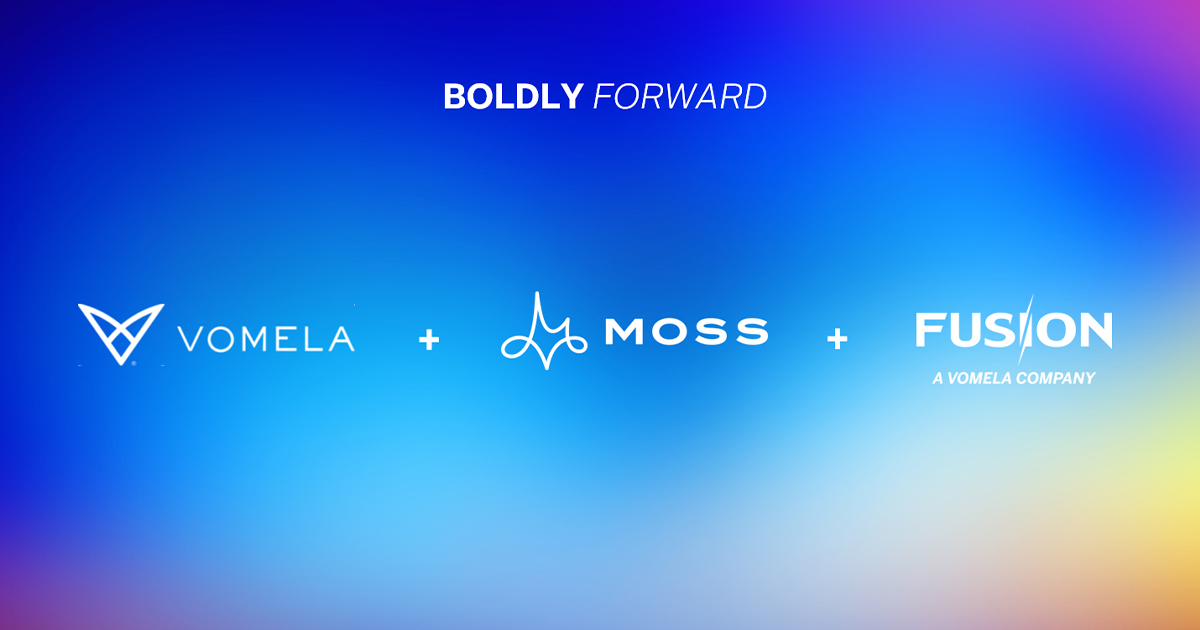
Engagement, Not Reach, Is the Marketer’s Challenge Today

Many moons ago—2009, to be precise—I was part of the team that created a site called CMO.com. It was the brainchild of Josh James, founder of the Utah-based company, Omniture—an online marketing and web-analytics business—which was soon scooped up by Adobe for a billion-plus dollars. Some of you who have been around for a while might remember one or the other. Even though the web had been around, commercially, for a while, it was still early days for digital marketing. Can you believe there were separate “digital marketing” departments within many marketing orgs?
The idea for CMO.com originated with James, who wanted a site that would collect and curate digital marketing news, features, and insights from all around the web that would be of interest to marketing executives—his intended customer base. While the CMO’s team would be the Omniture users, it was the CMOs and other marketing executives who controlled the budget. What he was NOT interested in was PR or marketing fluff about Omniture. He wanted this executive audience to think of his company as the subject matter experts that helped these busy folk learn and understand more about the nascent digital world and, thereby, realize the importance of his analytics software.
This concept put him on the vanguard of those who finally figured out that marketing should be about and for the customer, not about and for the company.
Digital ‘Reach’
One of the main storylines for much of the early thinking and content about digital marketing was that it offered tremendous “reach.” Tens of thousands, if not millions, of people could be contacted—via email, web ads, etc.—with the mere push of a button and for a fraction of the cost of analog advertising. (This, by the way, is what killed the trade press business, but that’s a story for another time and place.)
In the ensuing 13 years, marketing departments have become all digital, and marketers, for the most part, and marketing-technology companies have become masters of the domain. Some of the leading digital companies on the planet are endeavoring to help marketing teams deliver, what they call, “exceptional experiences at every stage of the customer journey.” Quite rightly, these companies understand that everyone today expects a personalized experience when interacting with a company. People don’t have patience for generic marketing.
The logic goes that marketing teams are scrambling to truly understand customers so they can provide better experiences. Today’s purveyors of “marketing automation software” aim to help their customers assemble customer data, content, automation, and the analytics needed for marketing and sales to coordinate engagement that’s personalized and measurable at every touchpoint—and do it with efficiency and scale.
And, as far as it goes, they are 100 percent correct. Data, personas, ICPs, personalization. . .they are all crucial parts of the customer experience.
Getting Engaged
But, when you think about it, despite all this “reach,” there is less and less actual “engagement.” These “exceptional experiences at every stage of the customer journey” only contribute even more to the deluge of digital detritus foisted on unwelcoming recipients. But the reality is that digital fatigue is a real thing, and more and better digital marketing is not going to change that. . .or perform any better than it does now.
Today, B2B marketers have more digital means and opportunities to reach their customers, but few use these to create the right engagement.
Today, B2B marketers have more digital means and opportunities to reach their customers, but few use these to create the right engagement. Indeed, marketers’ overuse of digital touchpoints have trained buyers to duck and cover when marketers reach out, rather than lean in and engage.
Rather than treating customers like the precious commodities they are, marketers often view them as cheap, exploitable resources, leading to a customer attention deficit. Physical mail, while often overlooked, lets marketers break through the digital din with hybrid experiences that blend the engagement of physical mail with the measurability and orchestration of digital tactics.
Direct mail delivers high engagement in the form of open rates and brand recall and is effective when used to re-engage people into digital journeys. But direct mail remains siloed from the martech tools and data on which marketers rely.
In sum, the current state of marketing suggests that:
Digital fatigue drives marketers to increase spend on direct mail. Analog direct mail experiences help campaigns stand out from overused digital touchpoints, leading to increased marketer investment.
Strategies must evolve with the channel. Most don’t recognize the availability or value of modern hybrid platforms that marry the best of digital and physical and make direct mail even more effective.
Personalization is a critical component of modern direct mail. Getting it wrong harms the business. Hybrid experiences are the solution to making direct mail more engaging and measurable.
What’s more, direct mail is very effective at re-engaging people into failing digital journeys. It’s another step in the fully omnichannel approach to marketing that’s necessary today.
We’ve come a long way from the early digital marketing days covered by CMO.com. And, in some ways, what’s old is new again. And the combination of digital and physical marketing—the hybrid experience—is the future of marketing.




